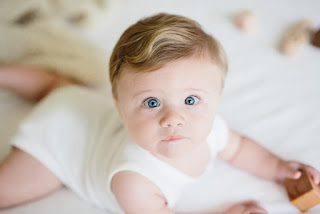1. I picked this image because at first I mistook the child for a vulture or animal. With his ribs protruding and in a crouched and foetal position, it mirrors the bird behind him.
2. Photographer Kevin Carter has known, seen, and experienced death. While in Africa he discovered a collapsed child who had crumbled in exhaustion on the way to the feeding center. Photographers are supposed to only observe and capture, so instead of helping the boy, he watched and captured as a vulture landed behind him.
3. I was unaware that photographers aren't supposed to touch or help subjects they are photographing in Africa, due to disease, and Carter's interaction spiked an interest and debate in the situations in which photographers should intervene.
4.


5. Kevin Carter
1960-1994
Johannesburg, South Africa
Military
Michael Jordan
1. This image is really interesting to me because of the power it has behind it. The silhouette is really interesting as well.
2. Co Rentmeester is the photographer. This pose became an iconic symbol that was incorporated in rooms, clothing, and shoes all across the nation.
3. Being a teenager, I've heard of Jordan shoes and recognize the symbol, but I didn't know that it was an actual picture of Michael Jordan mid leap.
4.


5. Co Rentmeester
Born in 1936
Amsterdam, Netherlands
Art Center College in Los Angeles
V-J Day in Times Square
1. This is such a famous picture that I've seen multiple times, and I wanted to understand more about the initial event and the man and women in the photograph.
2. Alfred Eisenstaedt was the photographer who captured the picture after World War ll ended and people filled the streets. Alfred caught this moment of joy, playfulness, and the relief of the war being over.
3. I didn't know that the man and women didn't know one another. While the man was coming back from being overseas, the woman, who was just a nurse, had never met him, and he swooped her in for a kiss. Some people of the modern day argue that it could have been sexual assault, while others differ in saying that everyone was happy and it was a carefree, spurr of the moment action.
4.


5. Alfred Eisenstaedt
1898-1995
Tczew, Poland
Humboldt University of Berlin
The Hindenburg Disaster
1. I had never seen this picture before, and with the smoke and fire, it reminded me of the 9/11 pictures we had seen a while back, but obviously on a much smaller scale.
2. Back in 1937, zeppelins were a symbol of power, wealth, and luxury, but as people waited and watched for it to land, it burst into flames, smoke rolling out of every crevice, sparks cracking and raining down, it was a devastation, killing 36 people.
3. Led Zeppelin even used the photograph as their first album cover, justifying it by the statement by Jimmy Page, "Dramatic photo, dramatic music, dramatic statement."
4.


5. Sam Shere
1905-1982
Minsk, Belarus
N/A
Muhammad Ali V.S Sonny Liston
1. I've always loved Muhammad Ali's drive, confidence, talent, and his inspiration he gave to so many people, so when I saw this photograph, I had to discover more about it.
2. Sports Illustrated photographer Neil Leifer captured this picture perfectly, Ali was surrounded by an aura of light and smoke, and he seemed bigger and stronger than life.
3. Ali was almost 10 years younger than Liston, and in this match, he knocked Liston down flat only a minute and 44 seconds in. Although many could call Ali cocky and conceited, he backed up everything he said with hard work and action.
4.


5. Neil Leifer
Born in 1942
New York City, New York
N/A










